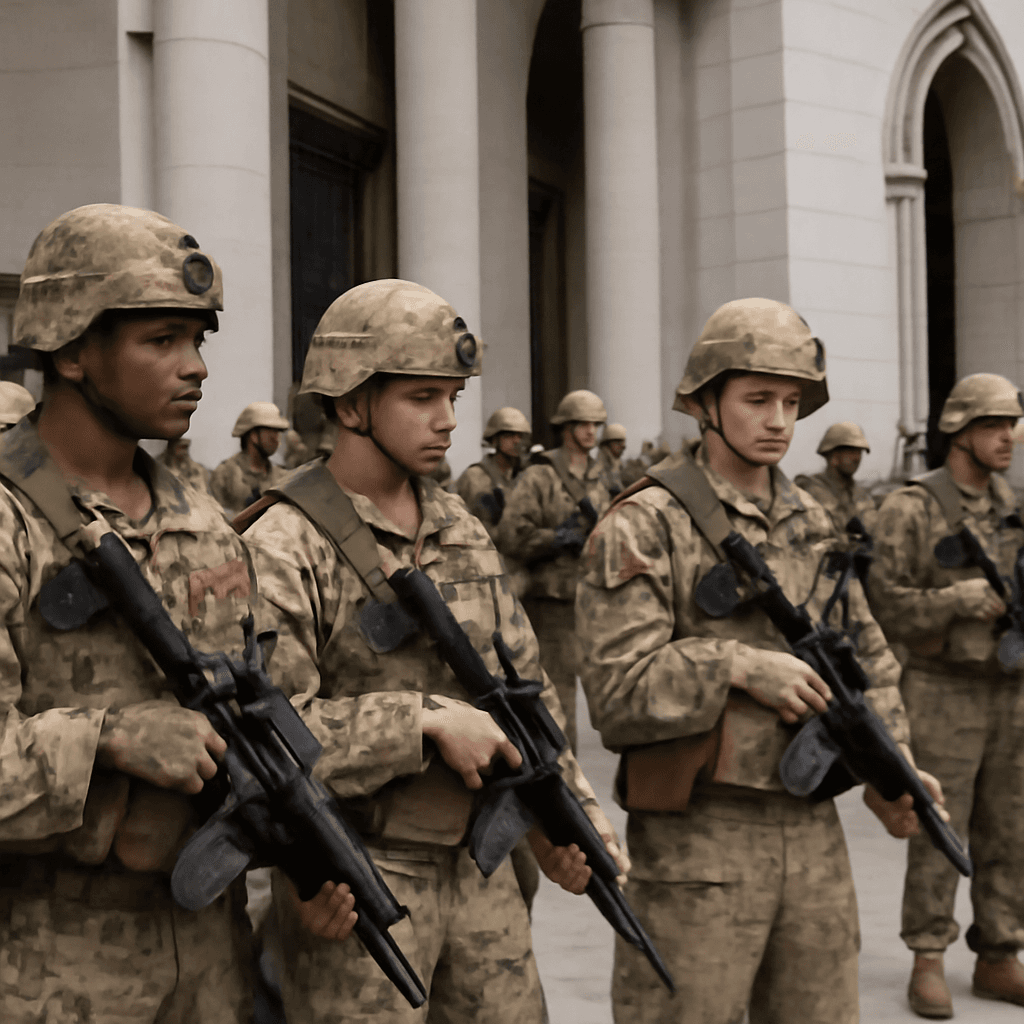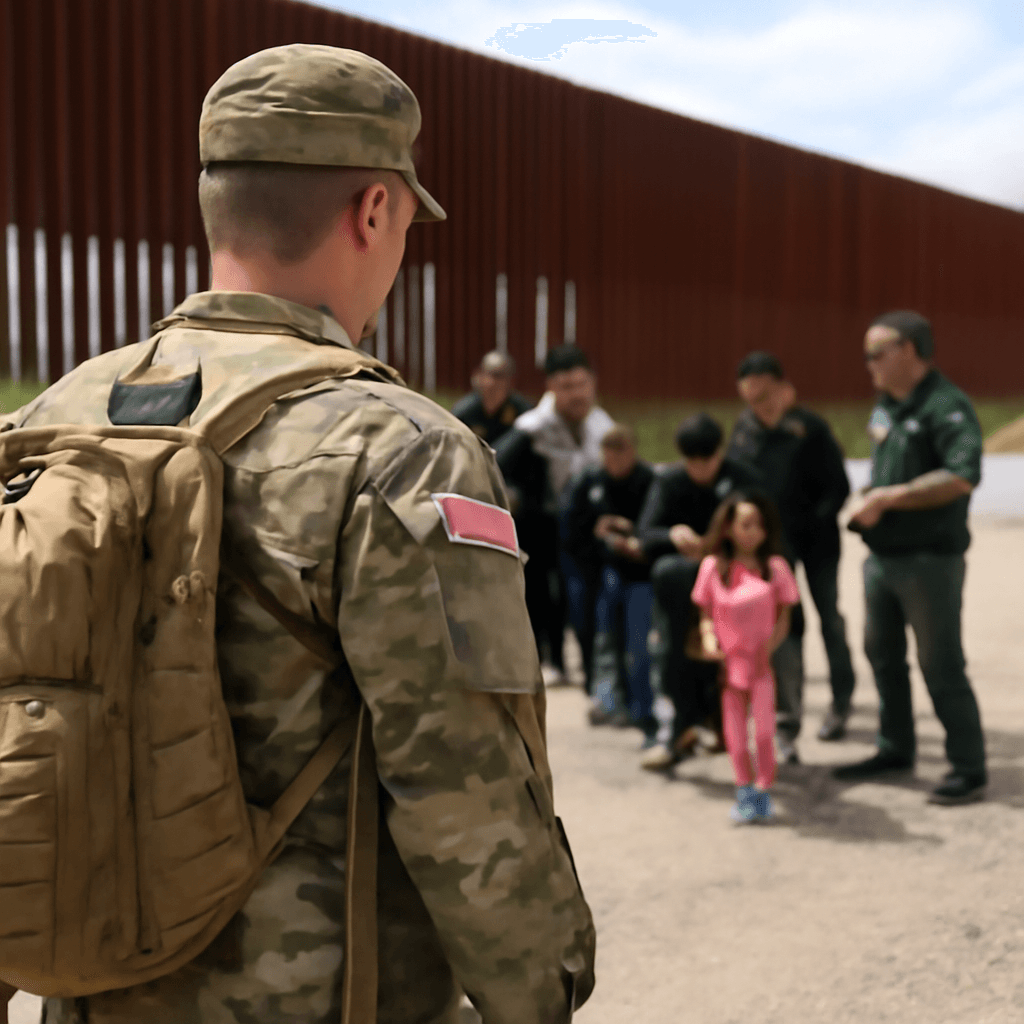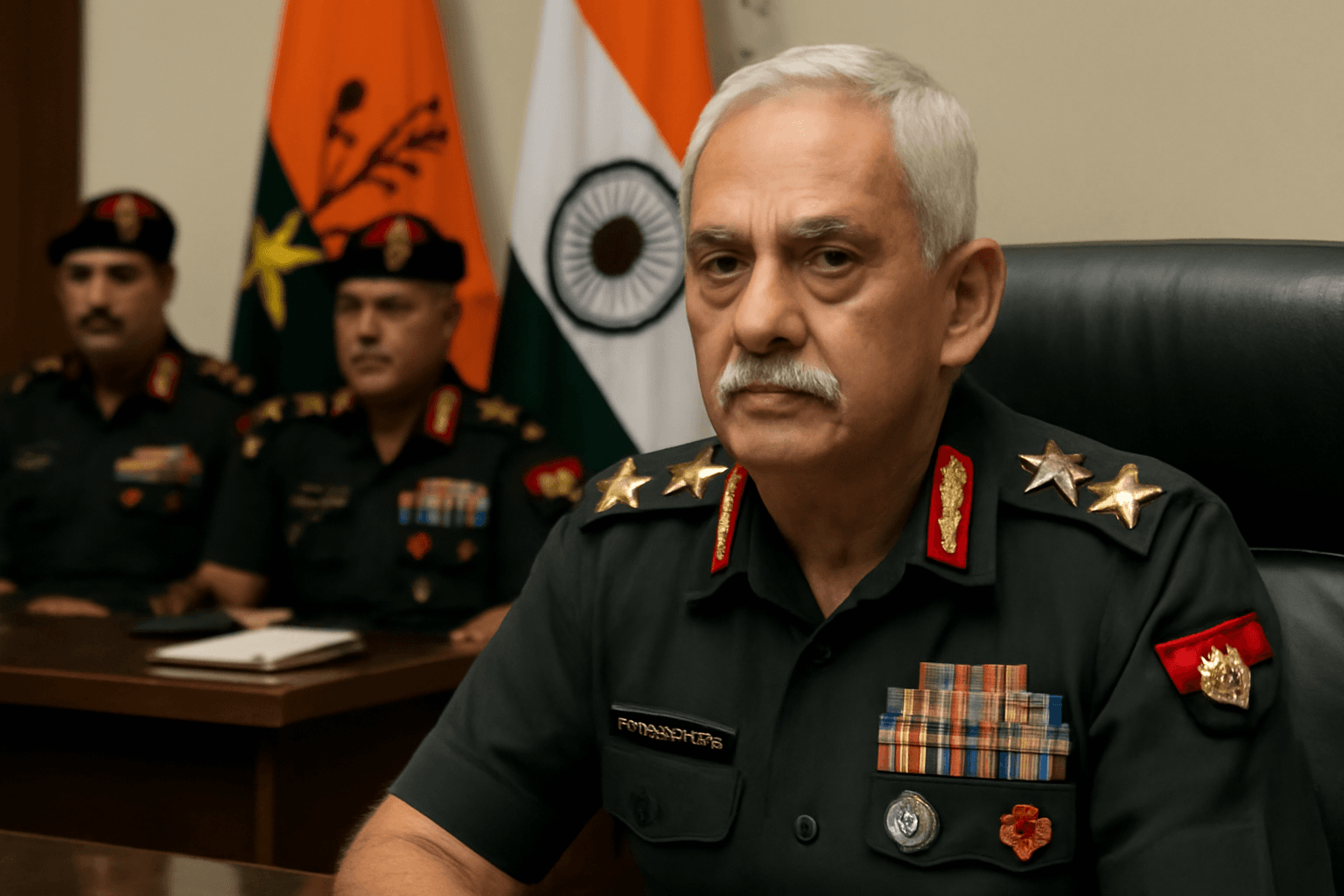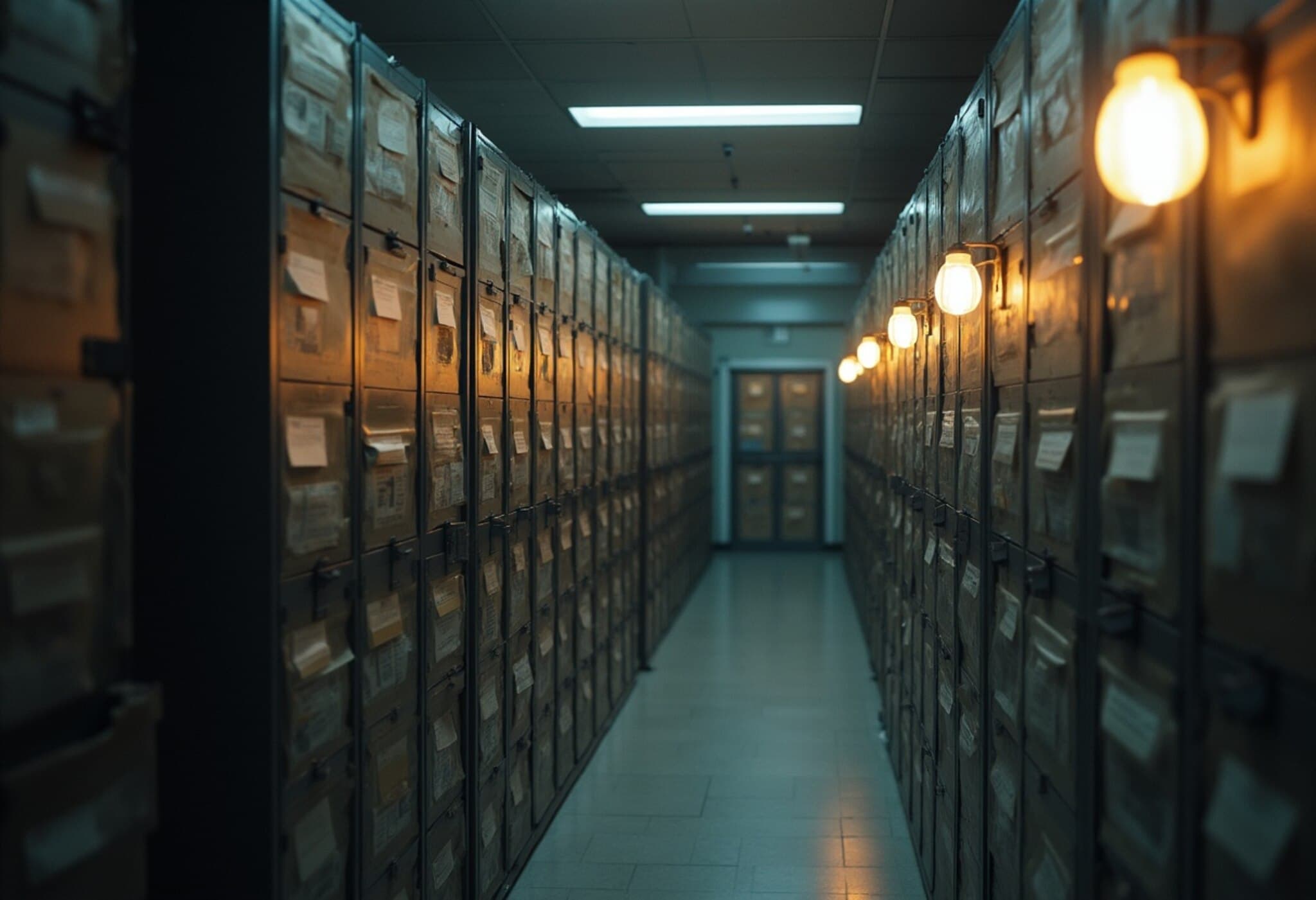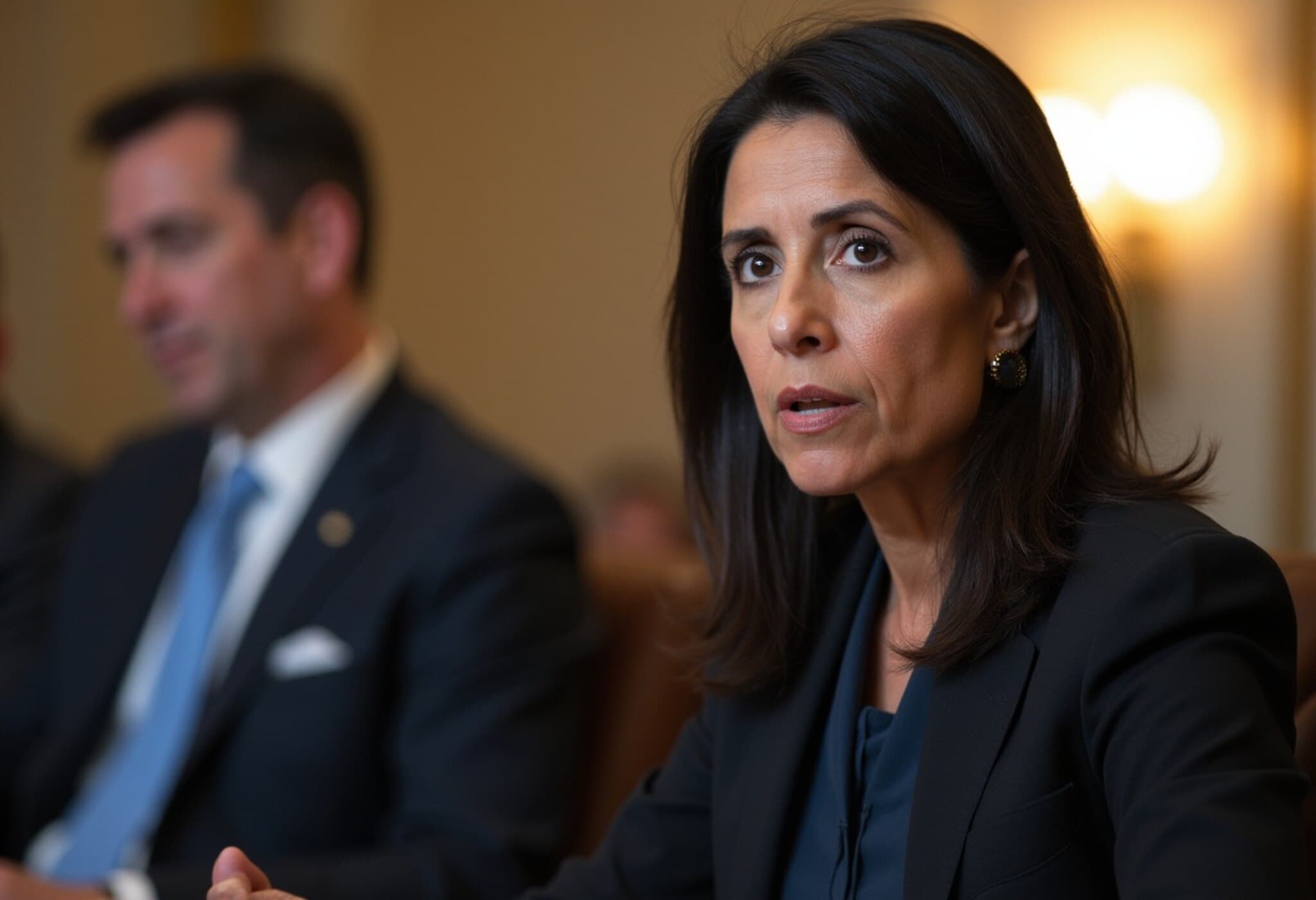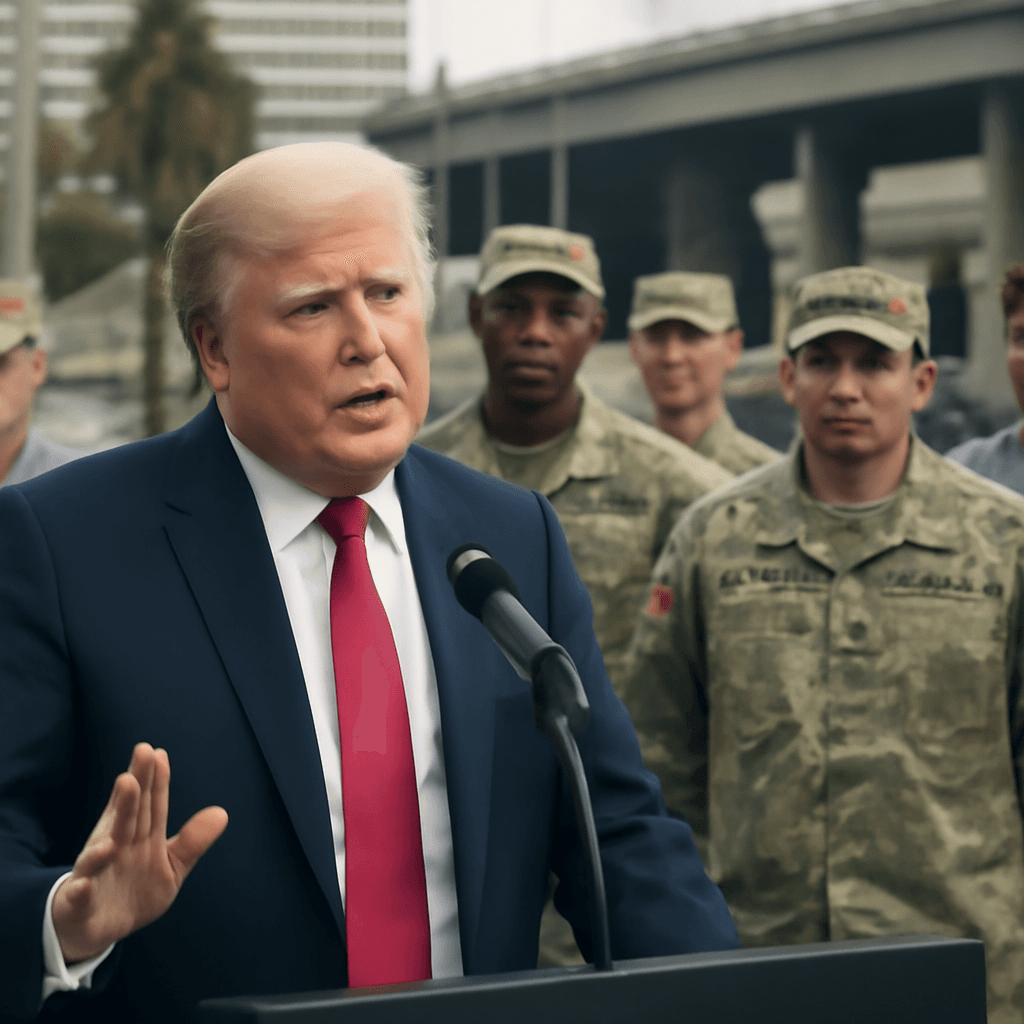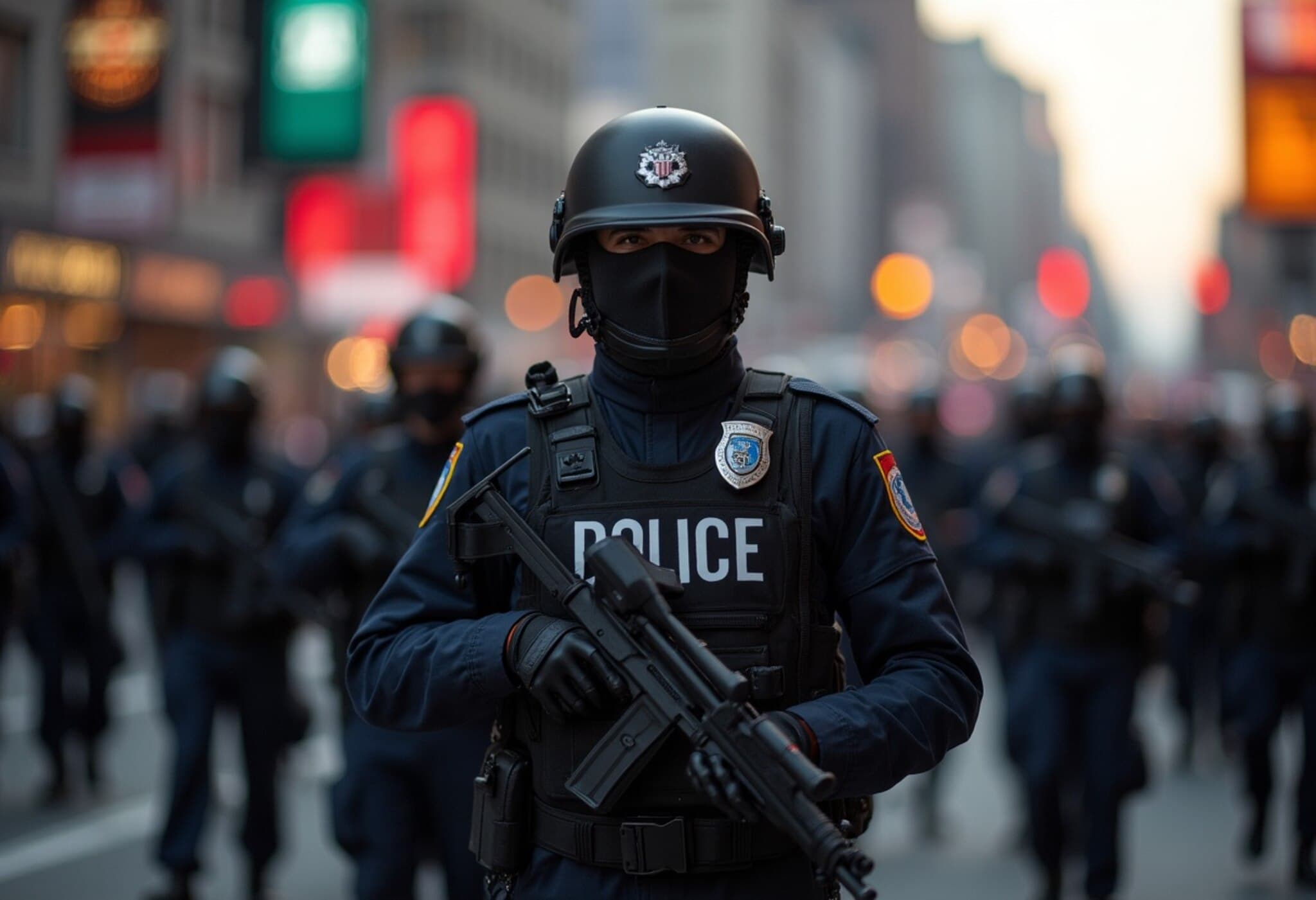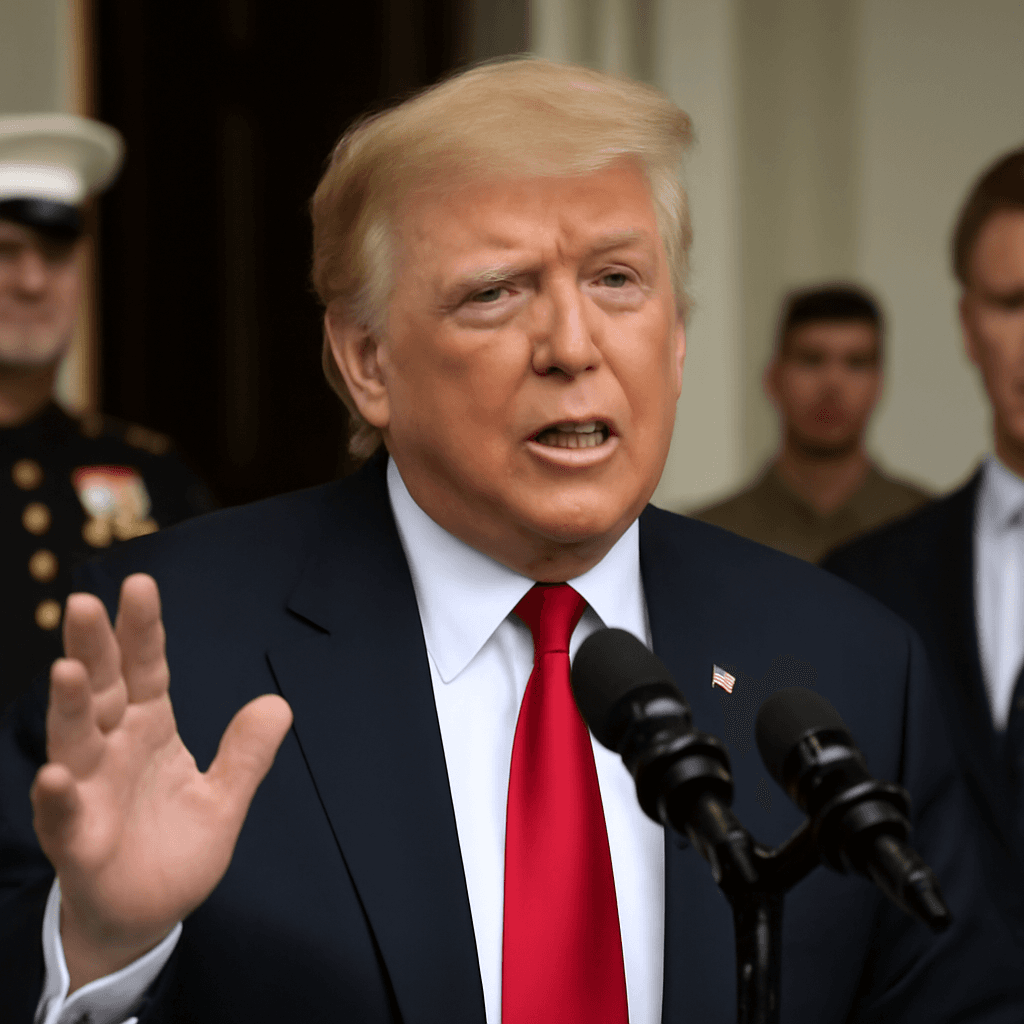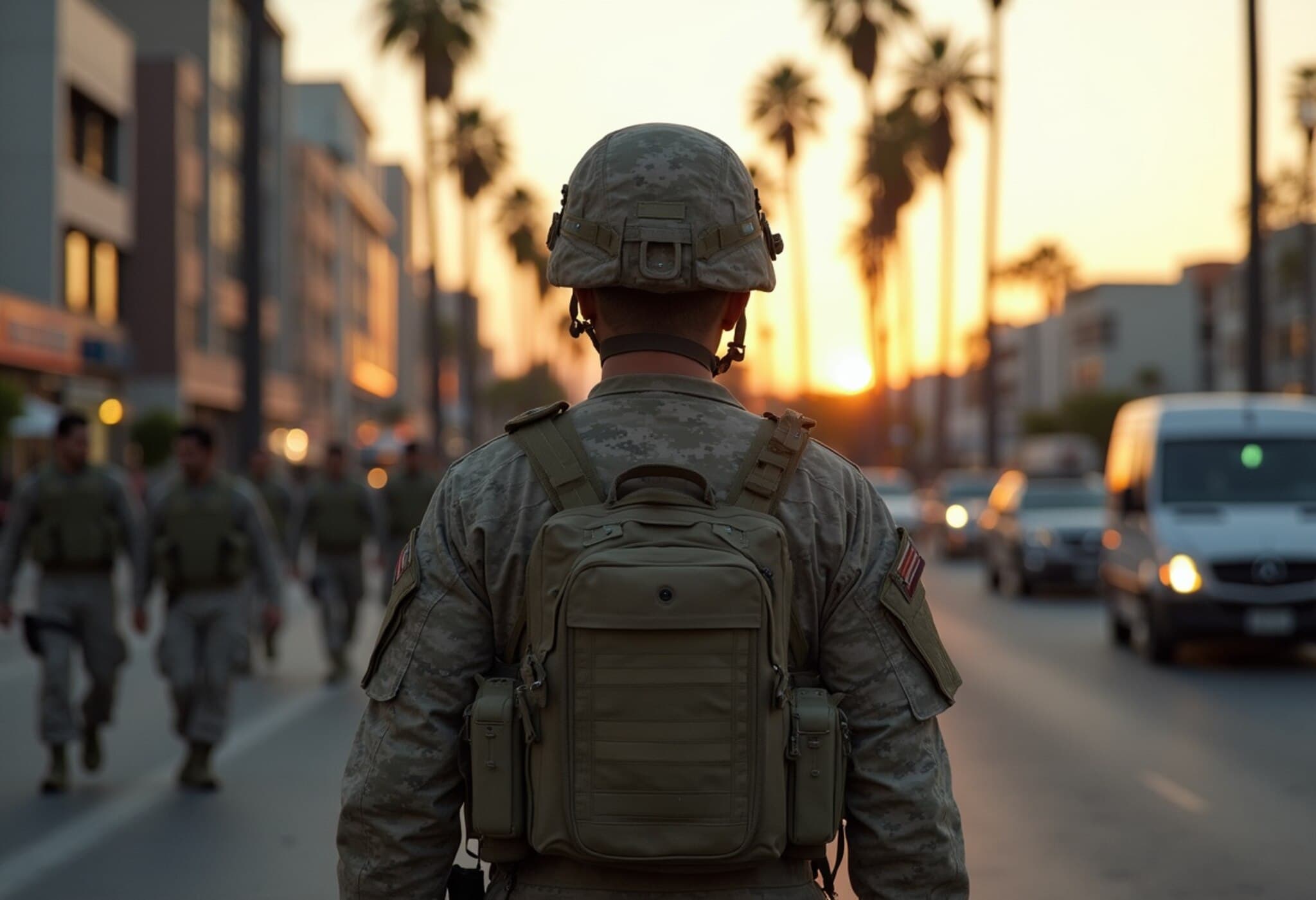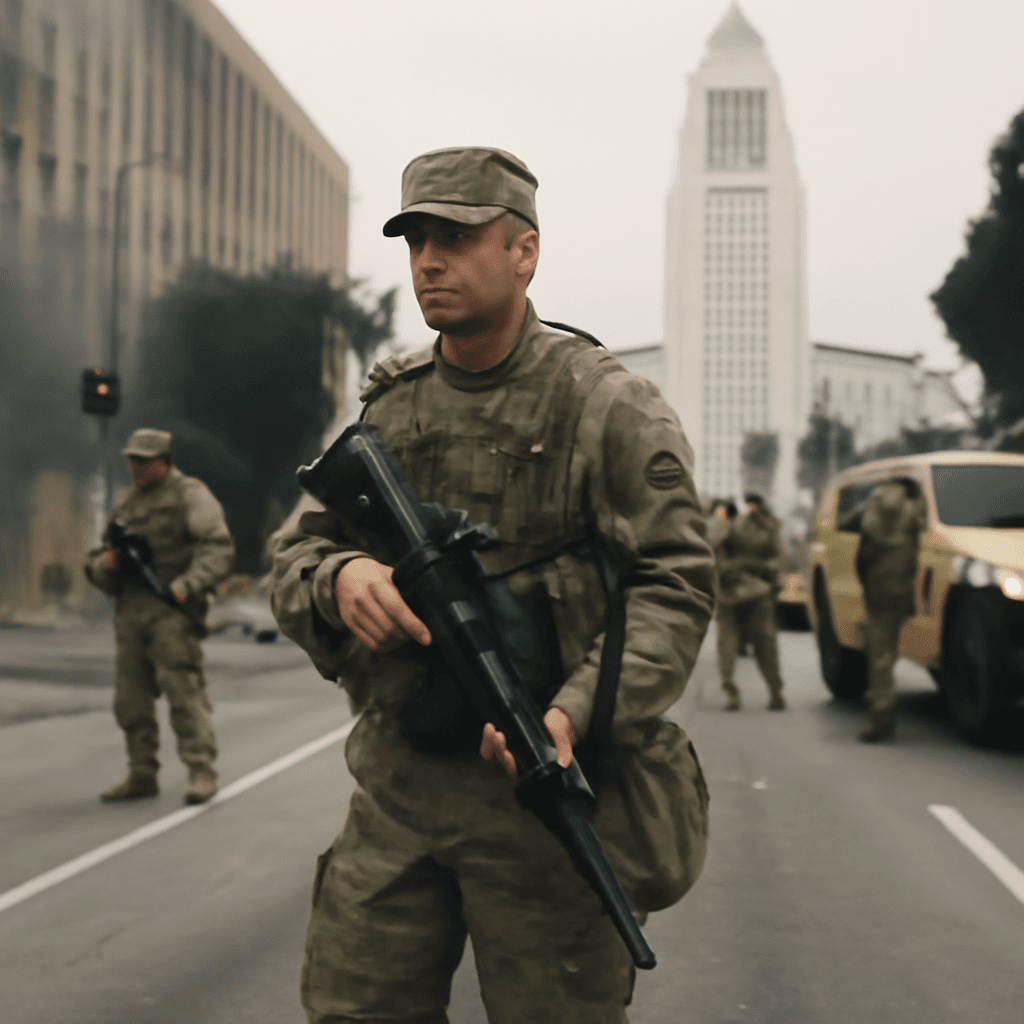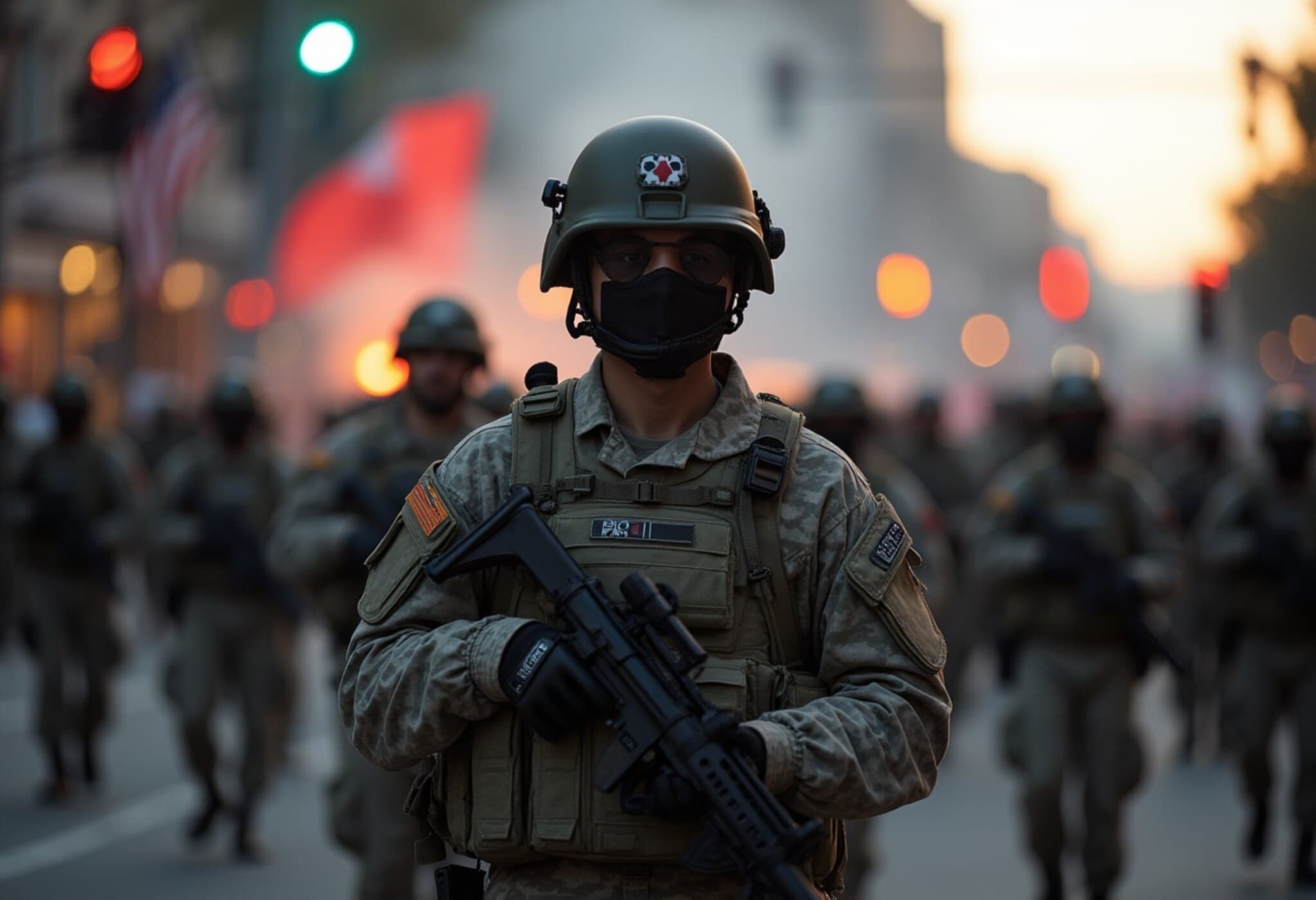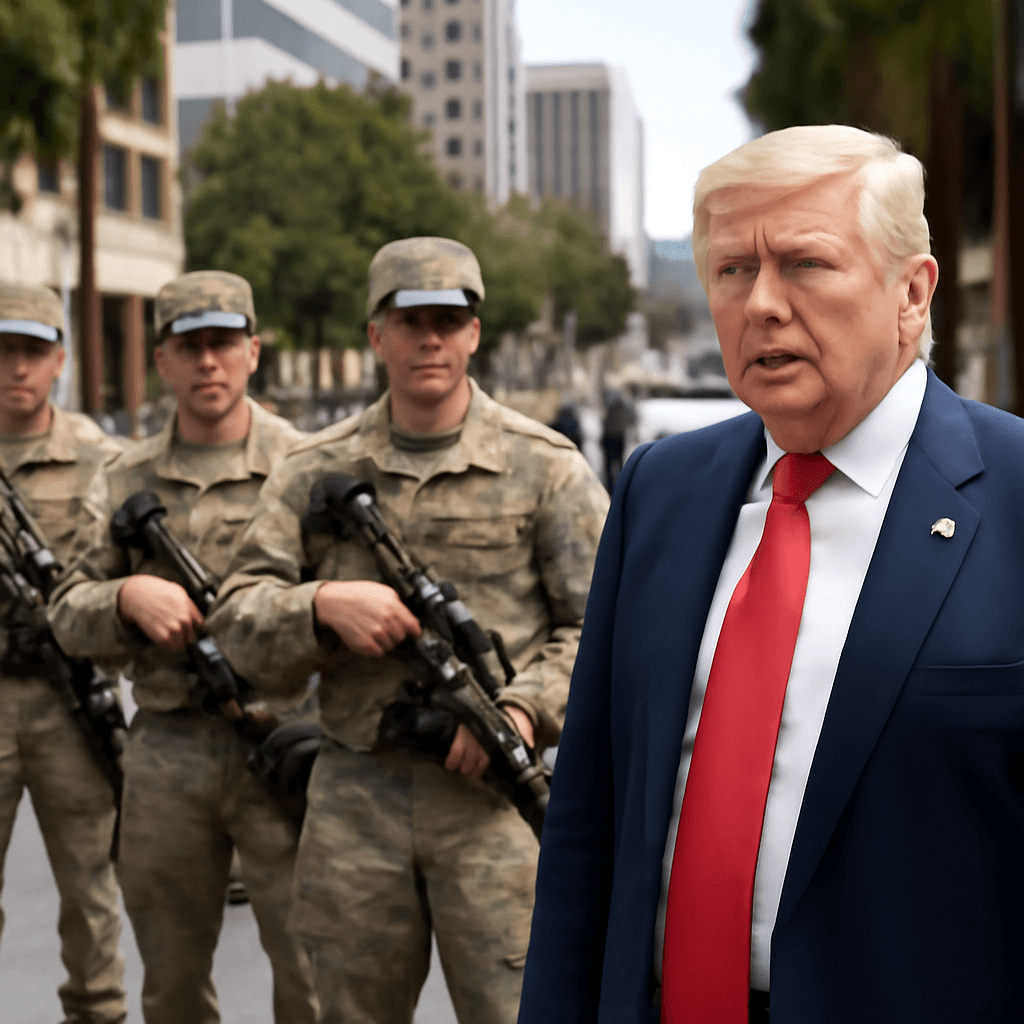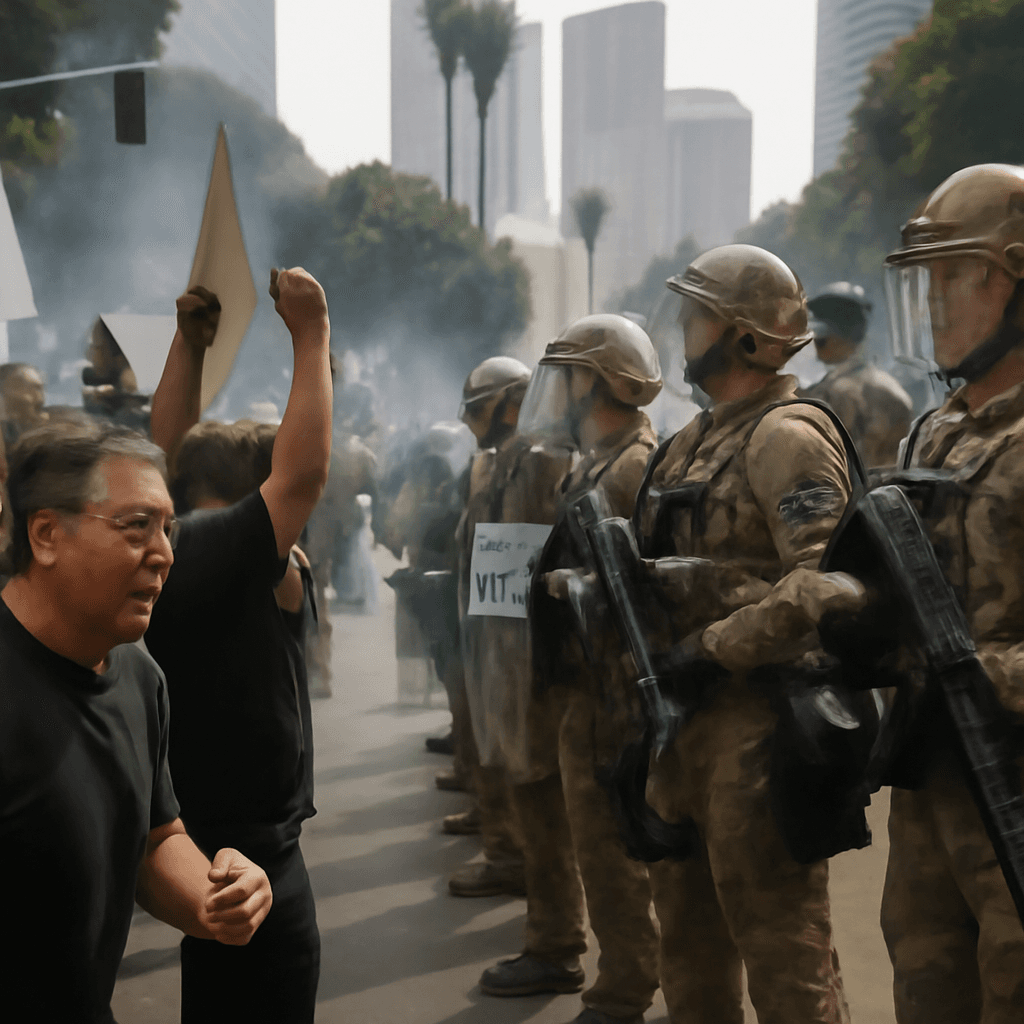Marines Hold Back Amid Los Angeles Immigration Protests
In response to escalating immigration protests in Los Angeles, 700 Marines alongside 2,000 National Guard troops were deployed to the city earlier this week, ordered by the President. Despite the heightened military presence, Marine Corps officials have clarified that these forces have not engaged with protesters directly and are solely assigned to protecting federal buildings and personnel.
Military Role Limited to Defense of Federal Assets
Marine Corps General Eric Smith emphasized during a congressional budget hearing that while Marines are trained for crowd control, they do not possess arrest authority and remain focused on guarding government property and staff. Their deployment marks an expansion of military response amid protests triggered by recent immigration enforcement actions that have ignited widespread public outcry.
Local Leaders Push Back Against Deployment
Despite the federal government's rationale, local authorities including Governor Gavin Newsom and Los Angeles Mayor Karen Bass have criticized the military buildup, labeling it unnecessary and potentially disruptive to maintaining peaceful demonstrations. Los Angeles Police Chief Jim McDonnell echoed concerns, warning that uncoordinated troop presence complicates operational logistics and protest management.
Peaceful Demonstrations with Pockets of Tension
Following days of intense protests involving freeway blockades and clashes with police, Monday's rallies saw calmer crowds with thousands gathering near City Hall and outside a federal detention center holding migrants apprehended in recent workplace raids. Guardsmen were stationed around sensitive sites, but Marines were notably absent from frontline engagements.
Some buildings bore graffiti expressing anti-government sentiments, which cleanup crews began removing. In adjacent communities like Santa Ana, armored vehicles guarded federal facilities amidst residual debris from the demonstrations.
National and Political Reactions Highlight Division
The deployment—costing an estimated $134 million according to Pentagon reports—has sparked sharp political debates. Defense officials defend the response as necessary to protect federal employees, while state politicians accuse the President of manufacturing a crisis and disrespecting state sovereignty.
California Attorney General filed legal challenges against the use of troops without state approval, and lawmakers drew contrasts with past instances requiring military support, such as the delayed National Guard response during the Capitol insurrection in 2021.
Historical Significance of the National Guard Deployment
This activation is nearly unprecedented, marking one of the very rare occasions where National Guard forces are mobilized without a governor's request—last seen in 1965 during civil rights marches. The President invoked specific legal authority citing concerns over presumed rebellion, to justify the federal troop movement.
Looking Ahead
Despite the elevated military presence, current efforts appear concentrated on shielding federal properties, while local law enforcement continues to handle protest crowd control. The situation remains fluid with ongoing demonstrations and active political pushback from state leaders demanding respect for civil liberties and state jurisdiction.

